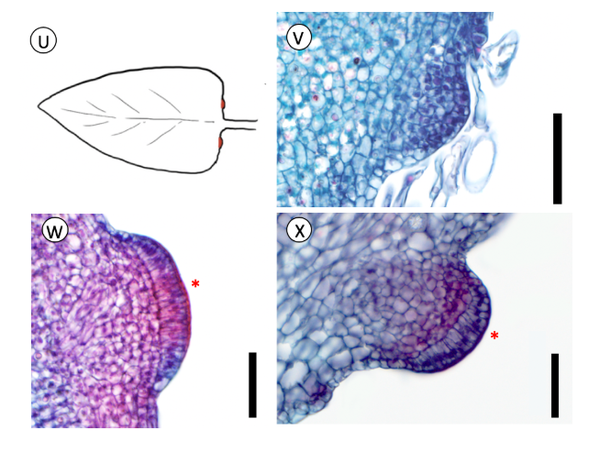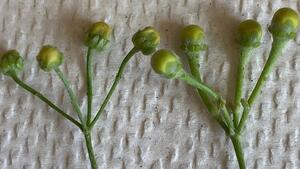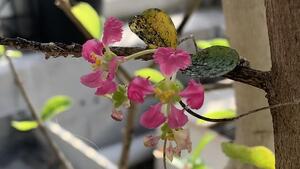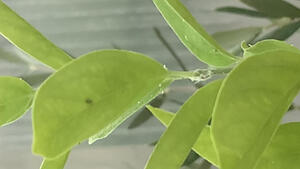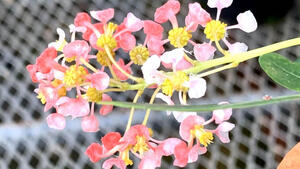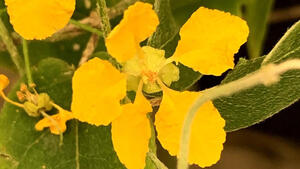Literature on the flowering plant family Malpighiaceae describes a fascinating set of pollination syndromes guiding the ecological dance between Malpighiaceae and their oil bee pollinators. Malpighiaceae flowers traditionally display a clawed ‘banner’ petal to direct oil bees, accordingly zygomorphic flowers, and sepal-borne oil glands. Previous work shared between the Davis Lab and Kramer Lab at Harvard University has helped detail the genetic basis of the zygomorphy involved, but many questions still remain regarding the lipid-secreting glands the flowers bear as rewards in this relationship.
This current work builds an interdisciplinary and multifaceted assessment of oil glands in the Malpighiaceae, exploring their development phylogenetically, histologically, and molecularly. Long assumed to have evolved from the family’s extrafloral nectaries, which are sugar-secreting glands, oil glands provide a compelling case study for investigating homology as well as morphological conservation alongside pollination syndromes. As such, the specific questions we want to answer through this project are the origins of these oil glands (relative to other secretory structures in the family) and how conserved these oil glands are, especially neotropically (where the bulk of Malpighiaceae and all their oil bees reside).
